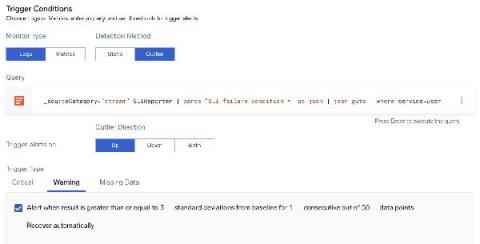Explore and experience cybersecurity from a consulting point of view
The demand for highly qualified staff with the right skill sets along with hands on experience is not new news in cybersecurity. However, the difficulty of gaining experience prior to meeting the objectives for interviews for entry level jobs can be a tough hill to climb. Ample resources available online, including the ability to set up in-home labs, which helps.











